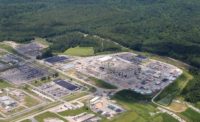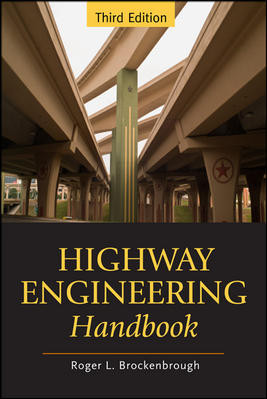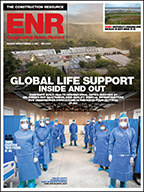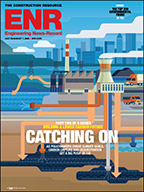Uncertainty over reauthorization of a federal transportation bill could curtail future concrete consumption, said attendees at the World of Concrete show held last month in Las Vegas. A protracted wait time for a new bill creates long-term budgeting uncertainty for municipalities that could result in smaller, less ambitious projects.
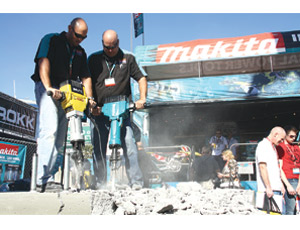
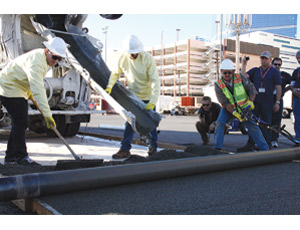
“We’re hearing that we could be living on extensions for two years,” said Bill Davenport, American Concrete Pavement Association’s vice president of communications. “We’re concerned that the faltering economy could lead to more patchwork projects and fewer ambitious, large-scale highway undertakings.”
A large class of freshmen lawmakers, installed in Congress from midterm elections, also could slow down reauthorization due to a lengthy learning curve in the political maneuvering that typically accompanies a multiyear highway bill. Record debt and widespread outrage over runaway government spending creates a sticky funding dilemma, as does the current gas tax, which has become increasingly insufficient with the rising popularity of ultra-fuel-efficient vehicles.
“How the bill will be funded is the crux for spending allocation,” said Ed Sullivan, chief economist for the Skokie, Ill.-based Portland Cement Association. “Potential increases can get ravaged by inflation over the bill’s six-year period.”
Discretionary state-highway cement consumption is expected to drag in 2011 and 2012 as a result of tax shortfalls and budget deficits. Significant industry increase isn’t expected until 2013, pending passage of a federal transportation bill.
In addition, a reeling construction industry, which had a 20.7% jobless rate in December, faces fledgling growth through 2013, said Sullivan. “Economic growth will not become strong enough to generate more robust job gains in the short term, translating into a longer-than-expected recovery period,” he said.
A renewed federal transportation bill would result in a 16.6-million and 18-million-metric-ton portland-cement consumption increase in 2013 and 2014, respectively, Sullivan noted. The industry sank to a historic low point in 2009, with 26.9-million metric tons more cement available than used. Things have sluggishly improved since.
“The critical issue is confidence in lending and spending,” Sullivan said. “It takes time to push down the headwinds that still face our industry.”
A small but significant economic uptick from the American Recovery and Reinvestment Act is fueling some optimism, though. “There were some areas of the country where we saw an uptick in business thanks to the ARRA,” Davenport said. “It provides a good base for the federal transportation bill. We just want to keep that momentum going.”
Federal stimulus activity peaked in 2010 with the bulk of cement-related work going toward resurfacing projects. A scarcity of new investment has prompted company downsizings, creating a record year for Vancouver-based Ritchie Bros. Auctioneers. Last year it sold $3.3 billion in equipment, 4% more than in 2009.
“Companies are at the point where their equipment is old or sitting idle, so they’re flipping it,” said Travis O’Leary, territory manager for the auctioneer. Buyers are increasingly bidding online to save travel expenses, and “they’re selling three or four pieces of machinery and replacing them with one new machine.”

